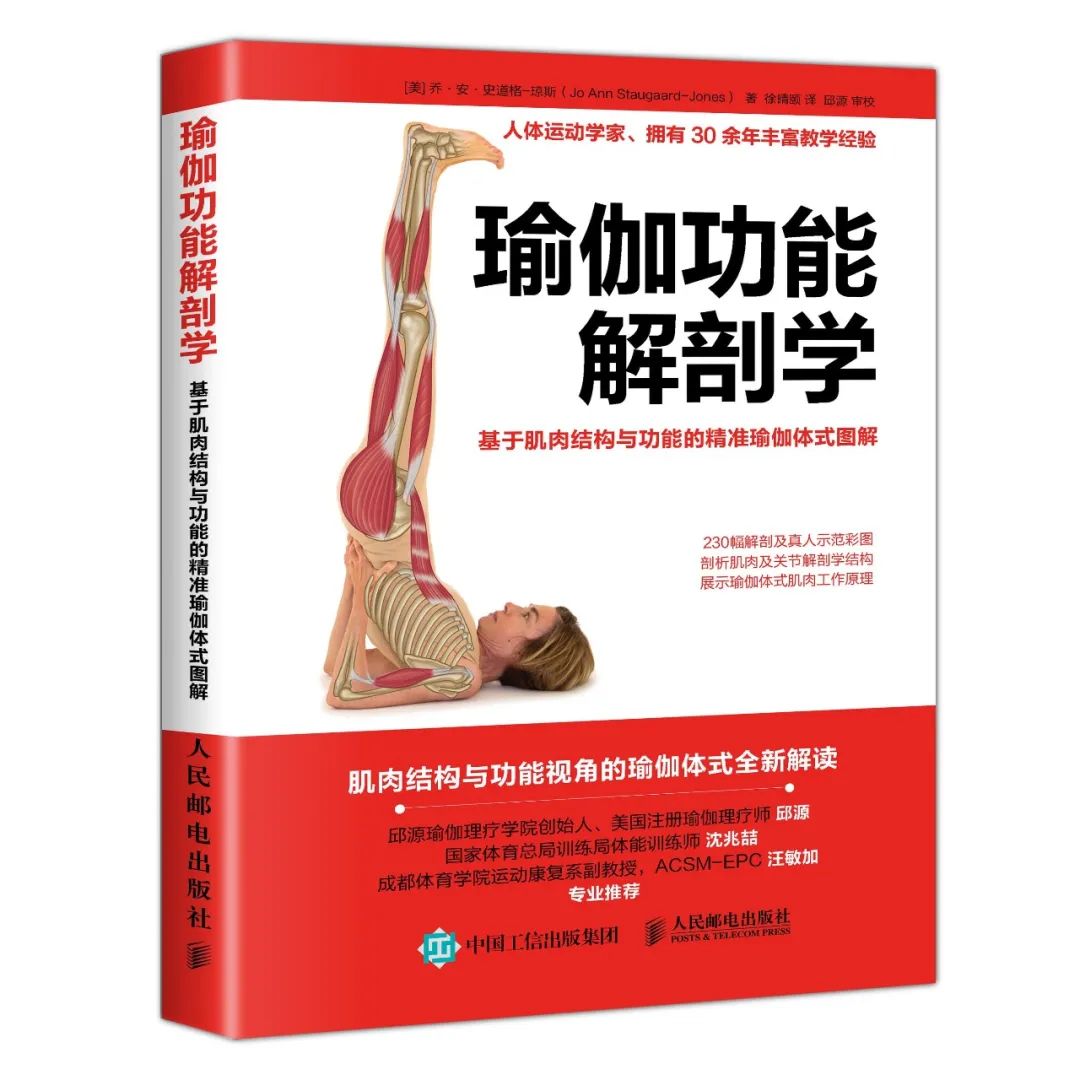The main function of our respiratory system is the basic exchange of oxygen and carbon dioxide.

The volume of air flow and the total amount of air in and out of the lung are controlled by the increase and decrease of lung volume.

However, the lungs cannot expand and recover autonomously, but in two ways: expanding or reducing the chest through the contraction and relaxation of the diaphragm, or increasing or reducing the anterior and posterior diameter of the chest through the rise and fall of the ribs.

The picture is from 𞓜 123rf com.

Cn under normal conditions, calm breathing is almost completely completed through the movement of diaphragm.

When inhaling, the diaphragm contracts, creating a negative pressure (vacuum) in the chest, and air is drawn into the lungs.

When exhaling, the diaphragm simply relaxes, the elastic retraction of the lung, thorax and abdominal structures squeezes the lungs, and the air is discharged.
When breathing hard, elasticity alone is not enough to produce sufficient respiratory response.
The additional force required mainly comes from the contraction of abdominal muscles to push the abdominal cavity upward to squeeze the bottom of diaphragm.
The second way to dilate the lungs is to lift the chest.
Because in the resting position, the chest volume is very small, and the ribs are inclined downward, the lifting of the ribs can move it almost straight forward, so the sternum can move forward and away from the spine.
The muscles that lift the thorax are called inspiratory muscles, including intercostal muscles, sternocleidomastoid muscles, serratus anterior muscles and scalene muscles.
The muscles that compress the thorax are called expiratory muscles, including abdominal muscles (rectus abdominis, internal oblique abdominis, external oblique abdominis and transverse abdominis) and intercostal muscles.
Breathing has always played a vital role in yoga asana training: inhaling is used to expand asanas and exhaling is used to relax.
Some targeted yoga postures can also effectively strengthen the function of respiratory muscles.
Next, let’s introduce four yoga postures that can effectively strengthen the function of respiratory muscles.
King Kong sitting} execution method: take kneeling as the starting position, and put the sitting bone on the heel (the toes can be curled down or straightened).
Spinal extension.
Hanging stomach breathing method} execution method: stand with your feet shoulder width apart, bend your knees, and hold your knees with both hands to support your body.
The abdominal muscles expand outward on inhalation (spinal extension) and contract inward on exhalation (spinal curvature).
Repeat 3 ~ 5 times.
Exhale hard, tighten the transverse abdominal muscle, bend the spine and inhale in the lower abdomen.
Soldiers} execution method: stand in mountain pose with both hands on the hip joint.
Step back on one leg and bend the front knee.
Inhale and raise your arms, looking forward or up.
There are two variants: one is to rotate the rear foot 45 degrees inward (only when the pelvis is still at right angles to the front leg), and the other is to move the rear foot forward to help the pelvis be at right angles to the front leg (the spacing between the two legs will be further narrowed).
The caudal vertebrae is pressed down to mobilize the core muscle group, the pelvic floor is raised, and the abdominal muscles are retracted inward and upward.
Simple sitting} execution method: cross your legs in a sitting position.
Stretch the spine.
You can put your hands on your thighs and hold your knees, or stretch your arms and put your hands on the floor.
The above content comes from functional anatomy of Yoga: illustration of precise yoga postures based on muscle structure and function (Revised Edition).
In addition to the above contents, the book also provides other yoga practice methods.
Interested friends can refer to this book.
Copyright information for more information on yoga, please refer to the book functional anatomy of Yoga: illustration of precise yoga postures based on muscle structure and function (Revised Edition).
Click the book cover on the right to buy and learn.
article.

